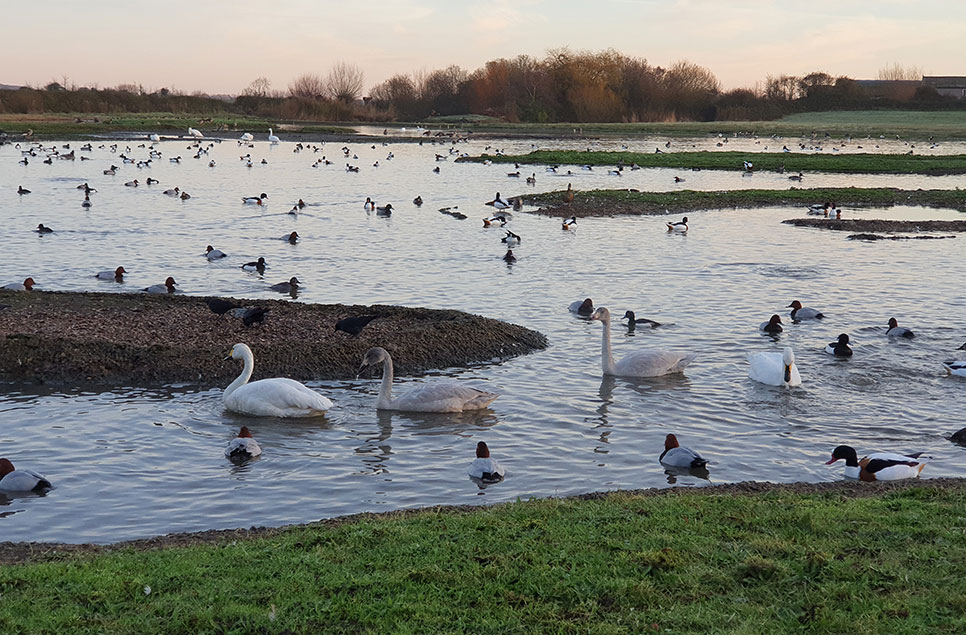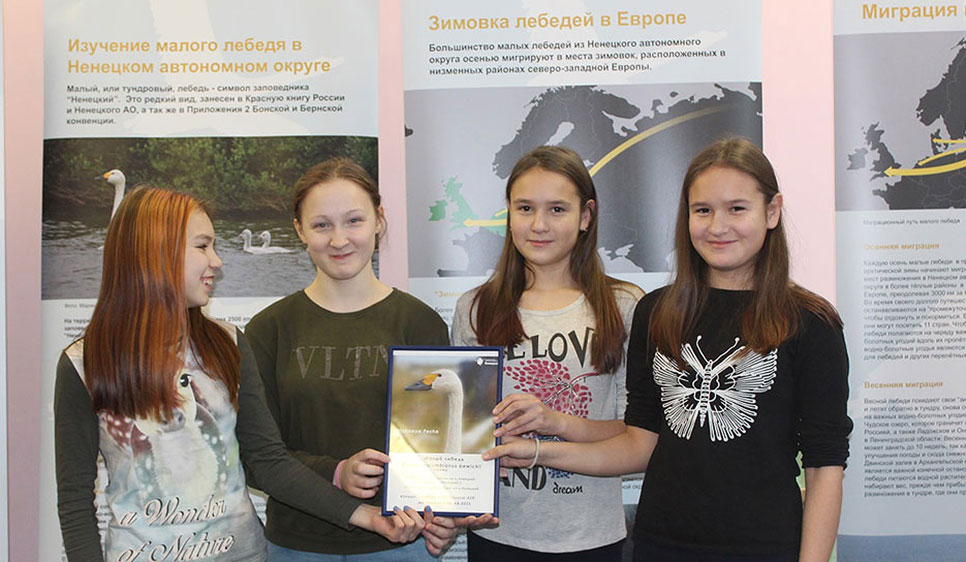The swans are on their way!
My inbox has been buzzing with news that the great Bewick’s swan migration is underway and on time! The first birds arrived in Lithuania at the end of September, and since then, nearly a thousand have dropped into the Netherlands!
Seeing the swans arrive is one of nature’s annual treats. On Sunday, Dutch swan specialist Wim Tijsen, captured the moment that a large group circled and touched down, fresh from their 2,500 km journey from arctic Russia:
‘...a perfect picture this evening from a flock which came down from the far east with blue sky and jumped and joined the mass group at Lauwersmeer, wow what a celebration! From high in the sky, they are tumbling down, yelling, calling and spreading out their wings. In 30 seconds 21 snowflakes came in from the east to join their soul mates. After a successful landing a big orchestra of greetings started, then applause..."we made it! Is every one safe after landing? Where is my partner? Oh I see you are here my love! Come on, lets join the party of food and refuel" (maybe for the UK...?).....'
The swans have spent the summer on the Russian tundra, a vast swathe of wetland brimming with tasty sedges, grasses, herbaceous plants, shoots, berries and other wetland goodies the birds can feast on. Rapid growth is especially important for the newly hatched cygnets which need to be strong enough to survive the migration back to Northwest Europe.
The tundra offers an ideal habitat for building nests and rearing young away from human disturbance although is not without its problems. The threat of encroachment from the ever-expanding oil and gas industries is very real, erratic weather patterns may easily disrupt the swans breeding success and numerous predators scour the landscape, particularly targeting young birds.
The migration itself is a feat of endurance. The route follows the arctic coastline to the White Sea, then crosses Karelia to the Gulf of Finland, Peipsi Lake in Estonia and the Baltic Sea. The birds may take 4-6 weeks to reach wintering sites in Europe, mostly in the Netherlands and Britain, during which they fly over six or so countries.
They are helped by north-easterly tail winds and clear skies. Adverse weather conditions, flying collisions and illegal shooting are just a few of the obstacles they may face on their journey. During migration, the birds rely heavily upon a chain of shallow coastal lakes with soft sediment and good water quality as well as flooded grasslands which they can stop off at to refuel for the next leg of their journey.
It’s amazing that the swans reach us at all! We are very lucky to host around 6,000 Bewick’s swans every winter and the countdown is now on for the first birds to reach British shores!


